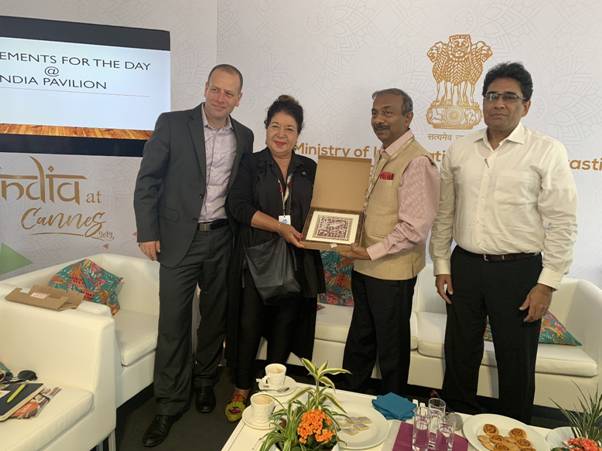For those workers looking for the best place to find some good or solid working experience in an international locale, one of the best places for you to find some work will be within the context of the reports by the World Economic Forum on research.
According to the Boston Consulting Group’s Decoding Global Talent, there appear to be workers more often wanting to head to the United States of America more than any other nation.
In addition, even with the some of the travel bans and antics happening in America, and with the increase in some talent drainage headed for the US going to Canada, the US continues to dominate the overall charts of those places that individuals want to garner some better lives and work in advanced sectors of work.
This has been a strength of America, not its primary and secondary school system. But, rather, the ways in which high-level talent and menial labor – the high and low end, so to speak – funnel into the US and work for applicable wages, where some are illegal and others require the genius passport or the H1-B.
The most appealing for the respondents, according to the WEF, are, in the order presented from most to least desirable, the US, Germany, Canada, Australia, the UK, Spain, France, Switzerland, Italy, and Japan.
As reiterated in the article, “Despite recent policy changes that are less than welcoming towards immigrants, the US remains the most attractive country for foreign workers. It is the number one choice of people living in Latin America, the Caribbean, and sub-Saharan Africa, and second among workers from the Middle East and North Africa and Europe. “
America is the place to be, according to the votes of feet crossing borders to get to it. Canada is a highly desirable for the young and the educated from around the world.
“Germany has replaced the UK in second position. According to the report, workers from countries like Spain, Denmark, Poland, and Romania who were previously keen on the UK, now have their eye on Germany. The country has welcomed many foreigners in recent years, and has a booming economy,” the report stated.
With the fourth spot given to Australia, it made a leap by appearing in the top five for this time. Since 2014, the UK has dropped three spots into fifth. One may speculate as to the relation of this to Brexit.
1/3rd of the non-British workers are looking to leave within 5 years. That’s simply a fact of the political instability of a country and the economic consequences of a country, not in the immediate but in the years henceforth.
“However, despite the UK’s decline in popularity, London remains the world’s number-one city for foreign workers to move to,” the report stated, “Spain, France, Italy, Switzerland and Japan make up the remainder of the top 10, with France and Switzerland both dropping places.”
Over the last few years, the trend has been, in fact, trends with one of them being the set of workers simply not wanting to move. 57% said that they would want to move now. 64% were happy to move in 2014. This is a moderate but noticeable trend if calculated over several economies.
The WEF stated, “This is particularly the case in China, where a booming economy means that workers don’t have to look elsewhere for a job, and also in Eastern European economies that are experiencing stronger growth.”
With more closure of nation-states around the world, this could be influencing the situation, too. At the same time, there was some commentary on the nature of the globalization of work.
There is a rising nationalism and authoritarianism while, in simultaneity, a rise in the global nature of the work, i.e., remote and other means by which to work at a distance.
“However, not every country saw a drop in enthusiasm among workers for a cross-border move. More than 90% of Indians and 70% of Brazilians now say they would be willing to move to another country for the right job, up significantly since 2014,” the report stated.
Photo by Andrew Neel on Unsplash












